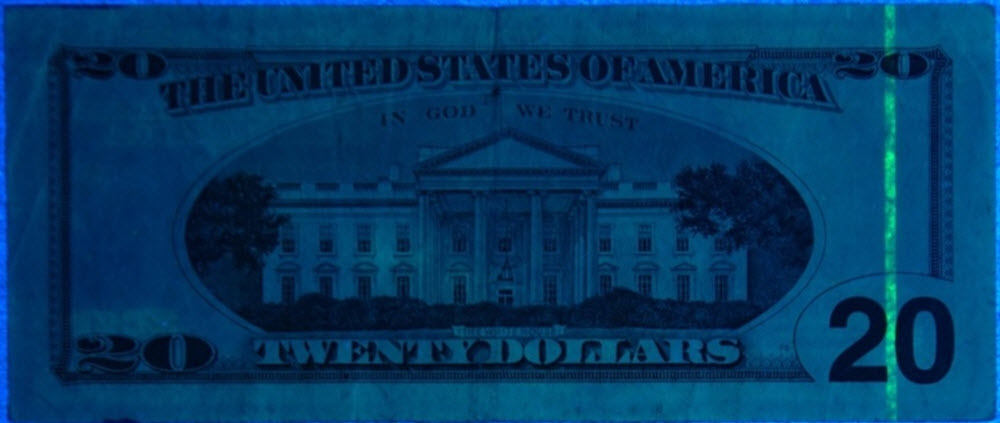Invisible ink is invisible either on application or soon thereafter, but can later be made visible by some method. The need to send private messages has existed since time immemorial, and invisible ink is for instance mentioned by Aeneas Tacticus, a Greek author who lived in the 4th century BCE and wrote about the art of war. Among other things, he published a guide for secure military communications. Regrettably, his surviving treaty does not include any detailed information about how invisible ink is made or from which ingredients.
In the 3rd century BCE, the Greek writer Philo of Byzantium – who lived most of this life in Alexandria – described both invisible ink and the use of a reagent. The method involved oak galls an vitriol, which at the time were combined to make ordinary oak gall ink. An invisible ink could be made by using only one of the ingredients, and then having the recipient of the message add the other one.
Both Pliny the Elder (1st century CE) and the Roman poet Ovid (43 BCE – 17/18 CE) mention the use of plant juice and milk for secret messages. We also know that lemon juice were utilized as invisible ink by Arabian writers around 600 CE.
Invisible ink is still used today, in the 21st century. There was for instance a case in 2002 when gang members where discovered sending secret information between federal prisons in the United States using invisible ink.
How to make invisible ink visible
How to make invisible ink visible vary depending on the composition of the ink.
- Applying a specific liquid that will react with the ink and turn it visible
- Applying heat
- Watch the ink under ultraviolet light (UV light)
Some invisible inks can be made visible using more than one method. A message written using soapy water will for instance become visible if exposed to heat, or placed inside an iodine fume cupboard, or under UV light, or when reacting with phenolphthalein.
Ideal invisible ink
Here are a few points to keep in mind when selecting an invisible ink.
- Should not arose suspicion by giving off a noticeable smell, discolour the surface, damage the surface, or deposit crystals on the surface.
- Should not become visible with any of the most common developers, such as heat, UV light, or iodine. Should also not be easily seen in glancing light.
- Should be easily obtainable and have at least one innocent application.
Achieving all this often proves very difficult. Field agents are typically provided with a special ink rather than relying on something that fulfils the third point, since fulfilling the third point usually means violating the first and/or second one.
A knowledgeable person who is sufficiently determined is likely to sooner or later make the ink visible. Therefore, the success of using invisible ink tend to hinge on not arousing suspicion in the first place. Your opponent will have limited resources and can not possible carry out extensive investigations of every piece of paper, e.g. in a situation where the correspondence between two parties is permitted but screened (such as communication with prisoners) or when the correspondence is intermingled with all the other ordinary mail sent out by official post.
Examples of invisible ink
- Phenolphthalein turns pink when it reacts with a base (alkaline), such as sodium carbonate
- Vinegar becomes visible by red cabbage water or heat.
- Copper sulphate can be rendered visible by potassium ferricyanide, sodium iodide, sodium carbonate or ammonium hydroxide.
- Several invisible inks become visible when you add sodium iodide. In addition to the copper sulphate mentioned above, it will also work for lead (II) nitrate.
- Ink starch exposed to iodine solution will become dark blue and the surrounding paper becomes light blue.
- When lemon juice ink is exposed to iodine solution the ink turns white and the paper light blue.
- Common table salt (sodium chloride) is developed by silver nitrate.
- Examples of juices that can be developed by heat are apple juice, onion juice and lemon juice (and many other citrus juices). Generally speaking, many organic liquids that are acidic will oxidise and turn brown when heated. It is important to dilute the juice well prior to writing, otherwise it will be visible without heat.
- Vinegar, wine and milk also develops when heated. You can for instance iron the paper, use a hair dryer or place in a warm oven. Be careful not to destroy the paper.
- Blood serum develops when heated.
- Cobalt chloride turns blue when heated.
- Saliva is revealed under UV light.


